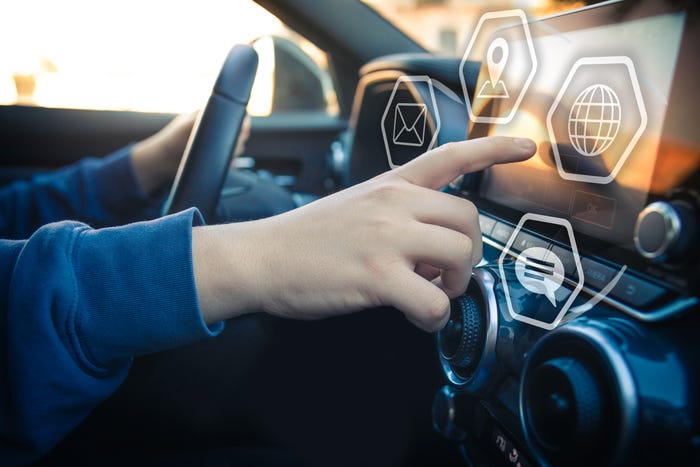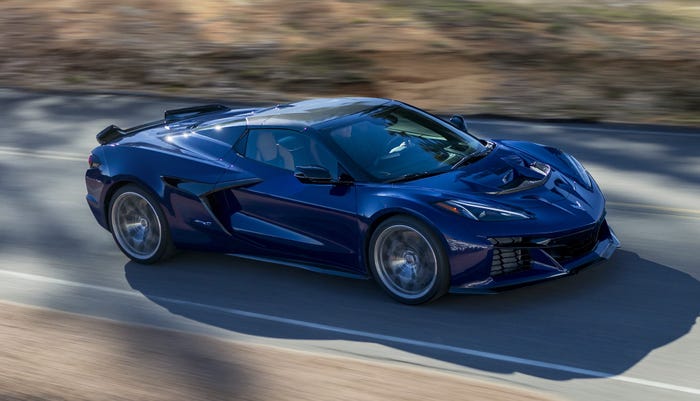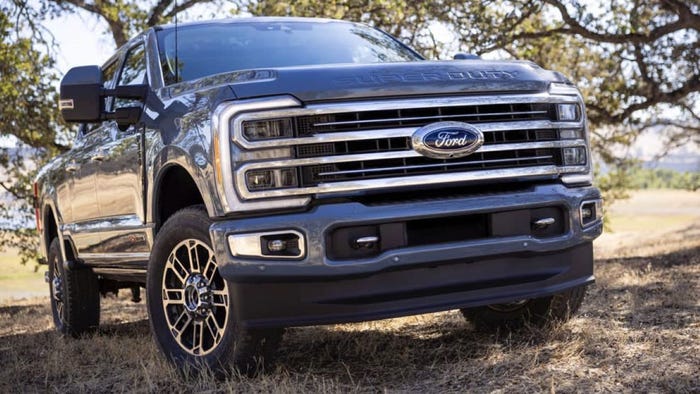ZF Readies New E-Drive System for Mid-Decade Launch
The new electric motor will be available in 400V and 800V configurations, meaning unlike today ZF can serve demand for both with a single motor. It expects industry demand for 800V systems to continue to climb.

ZF says its new more compact, highly efficient e-drive system, expected on the market in 2025, could cut months out of product-development time for automakers looking to roll out new-generation battery-electric vehicles.
The new electric motor will be available in 400V and 800V configurations, meaning unlike today ZF can serve demand for both with a single motor. Also unlike today, where ZF offers only off-the-shelf solutions, the new motor is designed for customization to more precisely meet OEM demands.
ZF expects 800V technology, which today is featured mainly on higher-powered BEVs as well as a couple more mainstream models, to continue to proliferate and “partially replace” 400V systems by 2028. It projects a corresponding “drastic” rise in its demand for silicon-carbide chips, which it sees growing steadily toward 225 million chips annually by 2032. Part of that growth is a result in the shift to SiC-equipped inverters, which will account for about 60% of the inverter market by 2030, ZF predicts.
Outputs for the new motor range from 100 kW (134 hp) for a secondary drive unit (for an all-wheel-drive e-axle application, for instance) to 300 kW (402 hp) for the primary drive unit, all employing the same software kit.
Despite the customization potential, ZF is eyeing product-development times near 22-26 months, down from about 52-54 months for current programs. The supplier believes ultimately only about 20% of future vehicle programs using the new e-drive system will require customization work to meet OEM needs, meaning 80% of new-vehicle initiatives can be served with the motor right off the shelf.
Key to limiting development time is the set of software used to operate the drive system. ZF says the modularity of the powertrain software package provides a high degree of flexibility for vehicle-specific customization while cutting development effort and costs. The software package also can be used in vehicles that don’t incorporate the ZF e-drive.
Several design innovations boost efficiency and shrink the overall size of the e-drive compared to current offerings, making it easier to package into a vehicle. Its “T” configuration means it can be positioned horizontally or vertically in the vehicle to expand trunk space or passenger legroom, depending on motor location.
Temperature-control technology is extensive. It includes water-jacket cooling in the housing, as well as stator-channel cooling that funnels oil through the outer stator sheet metal and stator winding cooling that flows oil through the winding slots. The slot cooling boosts power roughly 50% and reduces heavy rare-earth elements to 1%, the supplier says.
Manufacturing complexity also is reduced. Rather than hairpin windings that require hundreds of welding points and a slightly larger housing, ZF has developed what it calls braided winding, where the copper is formed and braided in one step. It requires only 24 welding points and cuts raw materials use about 10%.
Unlike current motors in ZF’s portfolio, the new design features a fully integrated inverter. There’s also a more compact reducer (transmission) that is 25% smaller and 10% lighter.

ZF-stator_new_winding.png
Read more about:
ZFAbout the Author(s)
You May Also Like


_(2).jpg?width=700&auto=webp&quality=80&disable=upscale)


